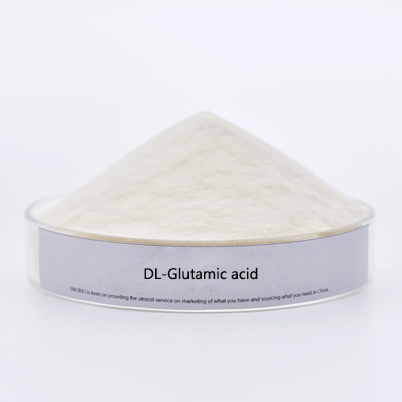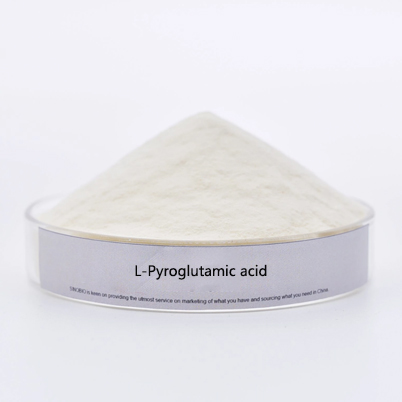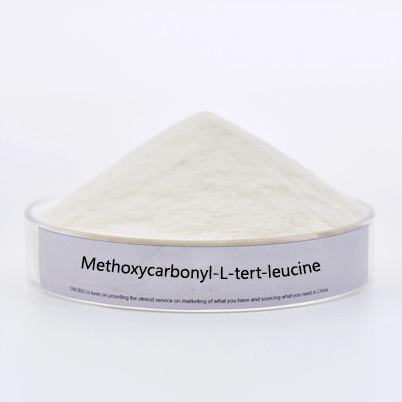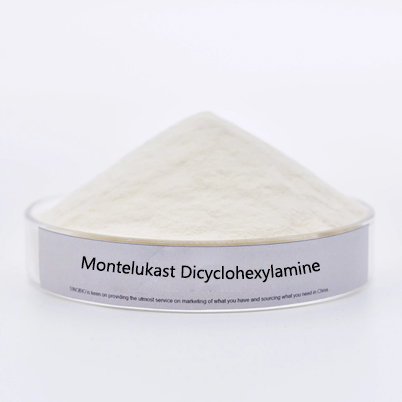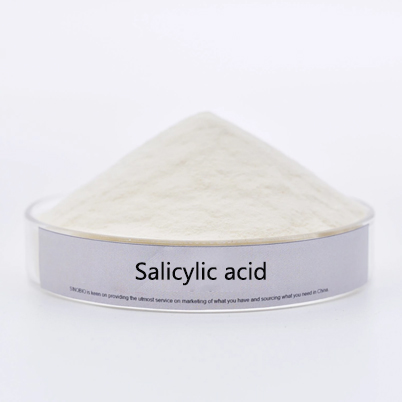- E-mail : info_medicalmarketing@jindunmedical.com
- Phone : +86 21 64057580
- Address : Shanghai China
What is the difference between paracetamol, loratadine and montelukast when it comes to anti-allergy treatment? Read more in one article
Monelukast is a powerful oral preparation that can significantly improve the inflammatory indicators of asthma. It belongs to the leukotriene receptor antagonist. Leukotriene is a chemical substance released in the body during inflammatory stimulation (such as inhalation of allergens). Monelukast acts by inhibiting leukotriene in the body, and has high affinity and selectivity for type I cysteinyl leukotriene receptor, It can effectively inhibit the physiological effect produced by the combination of potent inflammatory mediator cysteinyl leukotriene (LTC4, LTD4, LTE4) and type I cysteinyl leukotriene (CysLT1) receptor without any receptor activation. At present, it is clinically used for the prevention and long-term treatment of asthma in adults aged 15 years and above, including the prevention of daytime and nighttime asthma symptoms, the treatment of aspirin sensitive asthma patients and the prevention of exercise induced bronchoconstriction; In addition, montelukast is also used to relieve symptoms (sneezing, nasal congestion, runny nose and itching) caused by seasonal allergic rhinitis.
Many people have experienced allergies, and the symptoms of allergies are diverse, including rash, itchy skin, fever, edema of the throat, difficulty in breathing, etc. In severe cases, anaphylaxis may even occur and endanger life. The principle of allergy is mainly related to a series of immune reactions generated by the combination of antigen-antibody complexes in the body. Some people are born with allergies and are easily allergic to a variety of substances such as pollen, dust mites and drugs.
The treatment of allergies requires the use of anti-allergic drugs. There are two main categories of anti-allergic drugs used to treat allergies, one is antihistamines and the other is glucocorticoids. Paracetamol and loratadine are antihistamines, while montelukast is neither an antihistamine nor a glucocorticoid, but a drug with a specific antagonistic effect on the inflammatory mediator leukotriene.
All three drugs can be used to treat allergic diseases, but how are they different in use? Here's an introduction.
1. The indications are different
As paracetamol and loratadine are brothers of the same family, they have roughly the same indications and can be used for skin allergies such as urticaria, dermatitis and drug rash, as well as to relieve the symptoms of allergic rhinitis such as sneezing, runny nose, itchy nose and nasal congestion.
Since leukotriene receptors are mainly distributed in the airways and other pro-inflammatory cells, the indications for montelukast are mainly for the prevention and long-term treatment of asthma, as well as the alleviation of symptoms caused by allergic rhinitis, which are not exactly the same as paracetamol and loratadine in terms of indications.
2. The dosage is different
If paracetamol is the 1.0 version of antihistamines, then loratadine is the upgraded 2.0 version. Because of low oral bioavailability and short half-life, paracetamol needs to be taken 3 times a day, while the upgraded loratadine has much higher bioavailability and significantly longer duration of action, so it only needs to be taken once a day.
Montelukast also has a high bioavailability and only needs to be taken once a day, which greatly improves the patient's medication compliance.
3. Side effects are not the same
If these three drugs are compared to anti-allergy weapons, then paracetamol is a shotgun, although powerful, but easy to cause accidental injuries. Because it has anticholinergic effects in addition to antagonistic effects on histamine H1 receptors and easily crosses the blood-brain barrier, it has side effects of cholinergic receptor antagonism such as thirst, palpitations and urinary retention, in addition to obvious side effects of drowsiness, sleepiness and fatigue.
In contrast, loratadine and montelukast are more accurate weapons and can be considered precision-guided missiles, so they have fewer side effects. The side effects of drowsiness, sleepiness and fatigue caused by loratadine are significantly less than those of paracetamol, and there is no anticholinergic effect. Montelukast has mild side effects and is generally well tolerated, so it can be said that safety is the highest among the three drugs.
4. Price is not the same
Because of the strong role of montelukast, the highest safety, so the price is naturally more expensive, followed by loratadine, the cheapest is chlorpheniramine, so you can also choose to use according to the economic situation.
In short, although these three drugs are the same anti-allergy drugs, but there are differences in indications, dosage, side effects and prices, the specific use of the recommended physician or pharmacist under the guidance of the choice of use. Finally, it should be reminded that chlorpheniramine is one of the three drugs that are most often compounded with other drugs, for example, many cold medicines contain chlorpheniramine, so when using a compound, be sure to look at the ingredients to avoid side effects due to repeated use of drugs.
-
date
2022-10-09
-
location
Shanghai, China






































